

Linking Research to Action: A Simple Guide to Writing an Action Research Report
What Is Action Research, and Why Do We Do It?
Action research is any research into practice undertaken by those involved in that practice, with the primary goal of encouraging continued reflection and making improvement. It can be done in any professional field, including medicine, nursing, social work, psychology, and education. Action research is particularly popular in the field of education. When it comes to teaching, practitioners may be interested in trying out different teaching methods in the classroom, but are unsure of their effectiveness. Action research provides an opportunity to explore the effectiveness of a particular teaching practice, the development of a curriculum, or your students’ learning, hence making continual improvement possible. In other words, the use of an interactive action-and-research process enables practitioners to get an idea of what they and their learners really do inside of the classroom, not merely what they think they can do. By doing this, it is hoped that both the teaching and the learning occurring in the classroom can be better tailored to fit the learners’ needs.
You may be wondering how action research differs from traditional research. The term itself already suggests that it is concerned with both “action” and “research,” as well as the association between the two. Kurt Lewin (1890-1947), a famous psychologist who coined this term, believed that there was “no action without research; no research without action” (Marrow, 1969, p.163). It is certainly possible, and perhaps commonplace, for people to try to have one without the other, but the unique combination of the two is what distinguishes action research from most other forms of enquiry. Traditional research emphasizes the review of prior research, rigorous control of the research design, and generalizable and preferably statistically significant results, all of which help examine the theoretical significance of the issue. Action research, with its emphasis on the insider’s perspective and the practical significance of a current issue, may instead allow less representative sampling, looser procedures, and the presentation of raw data and statistically insignificant results.
What Should We Include in an Action Research Report?
The components put into an action research report largely coincide with the steps used in the action research process. This process usually starts with a question or an observation about a current problem. After identifying the problem area and narrowing it down to make it more manageable for research, the development process continues as you devise an action plan to investigate your question. This will involve gathering data and evidence to support your solution. Common data collection methods include observation of individual or group behavior, taking audio or video recordings, distributing questionnaires or surveys, conducting interviews, asking for peer observations and comments, taking field notes, writing journals, and studying the work samples of your own and your target participants. You may choose to use more than one of these data collection methods. After you have selected your method and are analyzing the data you have collected, you will also reflect upon your entire process of action research. You may have a better solution to your question now, due to the increase of your available evidence. You may also think about the steps you will try next, or decide that the practice needs to be observed again with modifications. If so, the whole action research process starts all over again.
In brief, action research is more like a cyclical process, with the reflection upon your action and research findings affecting changes in your practice, which may lead to extended questions and further action. This brings us back to the essential steps of action research: identifying the problem, devising an action plan, implementing the plan, and finally, observing and reflecting upon the process. Your action research report should comprise all of these essential steps. Feldman and Weiss (n.d.) summarized them as five structural elements, which do not have to be written in a particular order. Your report should:
- Describe the context where the action research takes place. This could be, for example, the school in which you teach. Both features of the school and the population associated with it (e.g., students and parents) would be illustrated as well.
- Contain a statement of your research focus. This would explain where your research questions come from, the problem you intend to investigate, and the goals you want to achieve. You may also mention prior research studies you have read that are related to your action research study.
- Detail the method(s) used. This part includes the procedures you used to collect data, types of data in your report, and justification of your used strategies.
- Highlight the research findings. This is the part in which you observe and reflect upon your practice. By analyzing the evidence you have gathered, you will come to understand whether the initial problem has been solved or not, and what research you have yet to accomplish.
- Suggest implications. You may discuss how the findings of your research will affect your future practice, or explain any new research plans you have that have been inspired by this report’s action research.
The overall structure of your paper will actually look more or less the same as what we commonly see in traditional research papers.
What Else Do We Need to Pay Attention to?
We discussed the major differences between action research and traditional research in the beginning of this article. Due to the difference in the focus of an action research report, the language style used may not be the same as what we normally see or use in a standard research report. Although both kinds of research, both action and traditional, can be published in academic journals, action research may also be published and delivered in brief reports or on websites for a broader, non-academic audience. Instead of using the formal style of scientific research, you may find it more suitable to write in the first person and use a narrative style while documenting your details of the research process.
However, this does not forbid using an academic writing style, which undeniably enhances the credibility of a report. According to Johnson (2002), even though personal thoughts and observations are valued and recorded along the way, an action research report should not be written in a highly subjective manner. A personal, reflective writing style does not necessarily mean that descriptions are unfair or dishonest, but statements with value judgments, highly charged language, and emotional buzzwords are best avoided.
Furthermore, documenting every detail used in the process of research does not necessitate writing a lengthy report. The purpose of giving sufficient details is to let other practitioners trace your train of thought, learn from your examples, and possibly be able to duplicate your steps of research. This is why writing a clear report that does not bore or confuse your readers is essential.
Lastly, You May Ask, Why Do We Bother to Even Write an Action Research Report?
It sounds paradoxical that while practitioners tend to have a great deal of knowledge at their disposal, often they do not communicate their insights to others. Take education as an example: It is both regrettable and regressive if every teacher, no matter how professional he or she might be, only teaches in the way they were taught and fails to understand what their peer teachers know about their practice. Writing an action research report provides you with the chance to reflect upon your own practice, make substantiated claims linking research to action, and document action and ideas as they take place. The results can then be kept, both for the sake of your own future reference, and to also make the most of your insights through the act of sharing with your professional peers.
Feldman, A., & Weiss, T. (n.d.). Suggestions for writing the action research report . Retrieved from http://people.umass.edu/~afeldman/ARreadingmaterials/WritingARReport.html
Johnson, A. P. (2002). A short guide to action research . Boston, MA: Allyn & Bacon.
Marrow, A. J. (1969). The practical theorist: The life and work of Kurt Lewin . New York, NY: Basic Books.
Tiffany Ip is a lecturer at Hong Kong Baptist University. She gained a PhD in neurolinguistics after completing her Bachelor’s degree in psychology and linguistics. She strives to utilize her knowledge to translate brain research findings into practical classroom instruction.
14+ SAMPLE Action Research Report in PDF | MS Word
Action research report | ms word, 14+ sample action research report, what is an action research report, different types of action research report, basic elements of an action research report, how to write an action research report, what are some examples of action research reports, what is the purpose of an action research report, what are the significant steps in writing an action research report, what is the difference between an action research report and a research progress report.
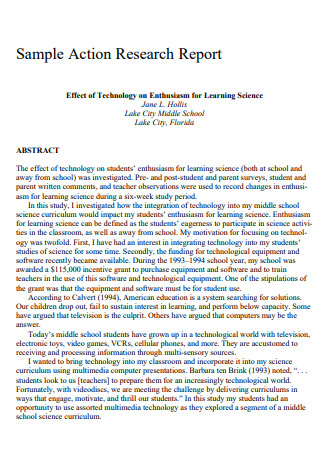
Action Research Report
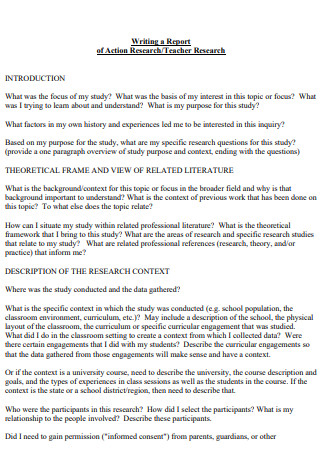
Teacher Action Research Report
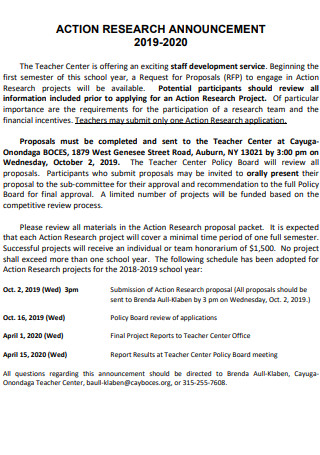
Action Research Announcement Report
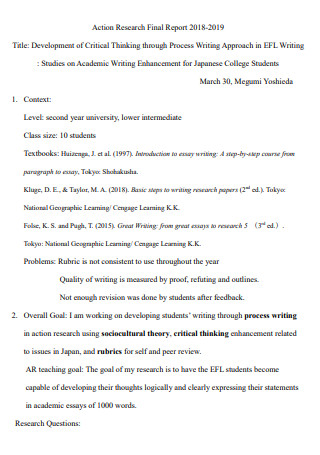
Action Research Final Report
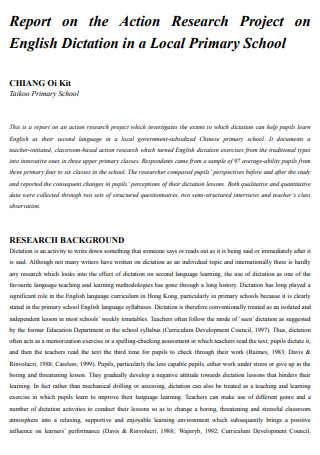
School Action Research Report
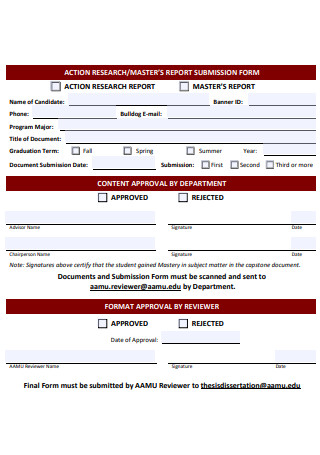
Action Research Master Report
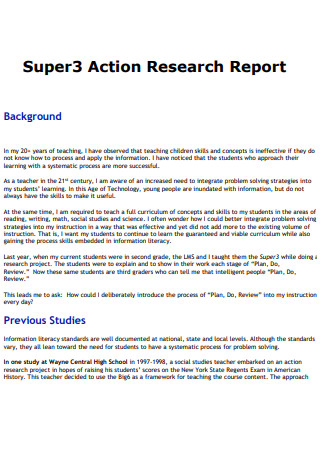
Action Research Study Report
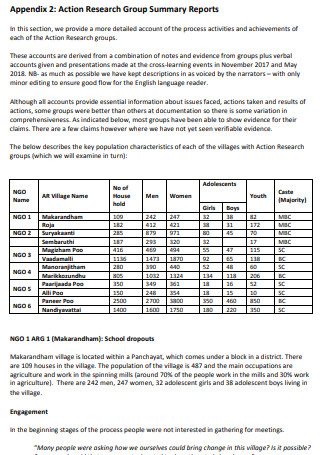
Action Research Summary Report
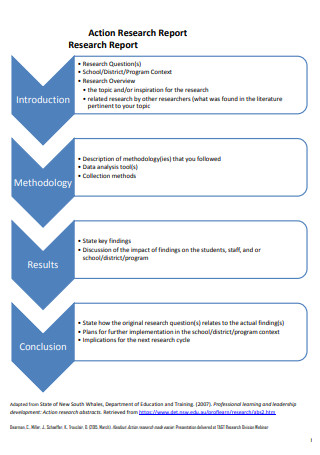
Sample Action Research Report
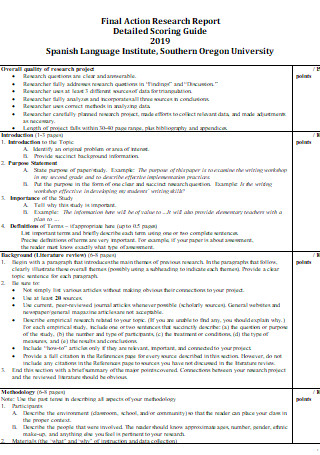
Final Action Research Report

Action Research in English Report Writing
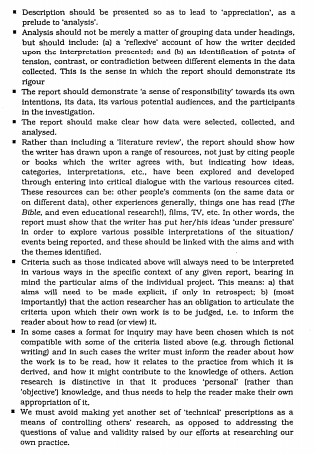
Formal Action Research Report
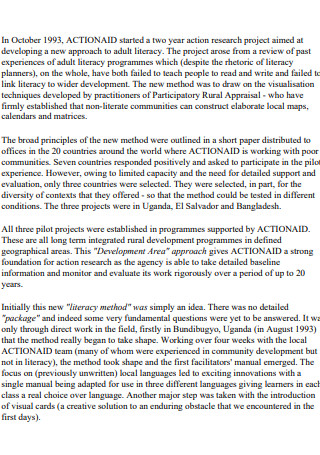
Action research report on Education Paper
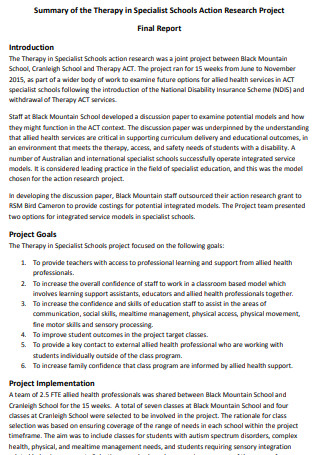
Summary of Therapy Action Research Project Final Report
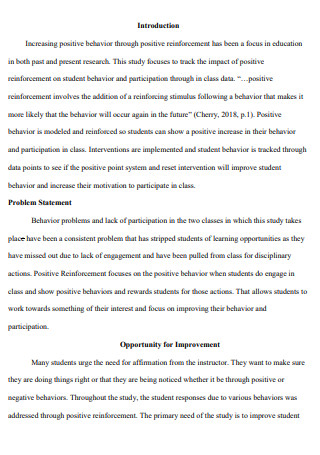
Action Research Proposal Report
1. action research report in education, 2. action research report on classroom problems, 3. action research summary report, 4. action research report in english report writing, step 1: define the major goals in the action research , step 2: describe the action research process in detail, step 3: present the statistical and practical significance of the action research, step 4: proofread and revise the report, step 5: prepare the final action research report, what is the difference between an action research report and a research progress report , share this post on your network, file formats, word templates, google docs templates, excel templates, powerpoint templates, google sheets templates, google slides templates, pdf templates, publisher templates, psd templates, indesign templates, illustrator templates, pages templates, keynote templates, numbers templates, outlook templates, you may also like these articles, 12+ sample construction daily report in ms word | pdf.
Introducing our comprehensive sample Construction Daily Report the cornerstone of effective project management in the construction industry. With this easy-to-use report, you'll gain valuable insights into daily activities report,…
25+ SAMPLE Food Safety Reports in PDF | MS Word

Proper food handling ensures that the food we intake is clean and safe. If not, then we expose ourselves to illnesses and food poisoning. Which is why a thorough…
browse by categories
- Questionnaire
- Description
- Reconciliation
- Certificate
- Spreadsheet
Information
- privacy policy
- Terms & Conditions

Action Research Report

More academic institutions are coming to terms with the idea that education is not a one-size-fits-all system. However, an issue with the new teaching methods is that we can’t keep employing diverse techniques without the certainty of its effectiveness to improve learning. Changing a system that has stuck with the same blueprint for over a hundred years can only be done when we have sufficient proof that the proposed changes are better. Today, we can find that proof in action research reports.
Action research is a systematic inquiry and evaluation of the initiatives on improving practice, curriculum, or interaction. This is generally done by people in the respective fields. It is best known in education, where it validates the effectiveness of a learning method.
In contrast to some of the more traditional research methods, action research doesn’t remove the subject from its natural environment. Investigation occurs in the context of which the subject exists. Whereas, traditional research often extracts the subject into an observable vacuum or controls its environment.
An Antiquated System
The Industrializing Revolution
The Industrial Revolution is fundamentally new energy sources, like coal, oil, and natural gas, making way for automated work and better modes of transportation that carried the world to where it is now. As societies transformed, so did our priorities. We saw better opportunities in working for industries and started leaving farms and fields in search of greener pastures.
In an industrializing society, we placed priority on market production and economic value. This view reflects how we designed our schools to raise children for this kind of environment. Education wasn’t about learning and celebrating one’s individuality. Schooling was similar to mass production in factories: the cookie-cutter model of learning.
The Factory Setting
Over a century has passed, and there are still schools in the country that follow this blueprint from over a hundred years ago. The linear information transfer teaching method encourages a role-play between the teacher, who is the authoritative figure, and the students, the submissive figure. Schools give the students a rigid template of learning, and the latter should conform to the set structure or be labeled a failure. This format is void of authentic classroom engagement and multi-directional interaction, which plays a large part in learning.
The education system during the Industrial Revolution was essentially about schools producing a qualified labor force with the proper work ethic. But, it did give us 12 years of free public education. At its core, the system brought education for all.
Reset by Research
Today, we are making significant strides in encouraging authentic learning in schools. Academic institutions have looked into teaching methods and classroom models that free students from outdated assumptions of instruction. Educators should update their planners on how to best deliver education to their students.
Educational Revolution
Educators are integrating interactive technology into their lesson plans . Teachers are experimenting with different methods of instruction in and out of the classrooms. Some schools are using tablets and computers for teaching. Schools are also redesigning their spaces, like classrooms and libraries, to foster 21st-century learning. These changes aren’t based on spur-of-the-moment assumptions but on what research papers reported about learning.
According to research , classes that are taking advantage of collaborative learning encourage students to be more participative in the discussion. Active engagement also hones leadership skills, communication, and critical thinking. Schools are adopting peer learning because of the positive effect of student-teach-student on the understanding of a concept.
On that thought, schools are also rethinking the design of the physical learning spaces to house learning. A study states that classroom design influences student engagement and allows for active learning strategies. Other academic spaces, like libraries, can also benefit from restructuring makes studying conducive for students.
4+ Action Research Report Examples
The following are examples of action research reports that you can use as guides in preparing your research.
1. Teacher Action Research Report Example
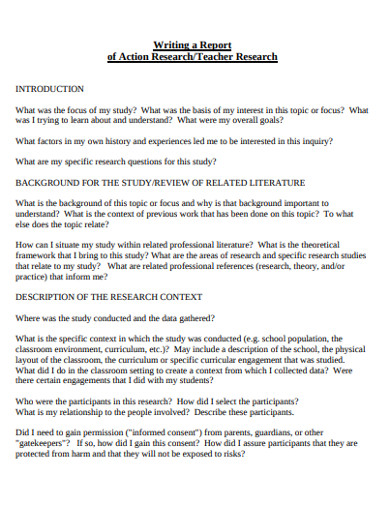
Size: 13 KB

2. Action Research Project Report Example
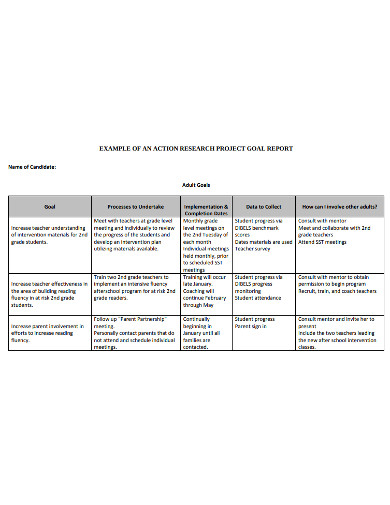
Size: 546 KB
3. Action College Research Report Example
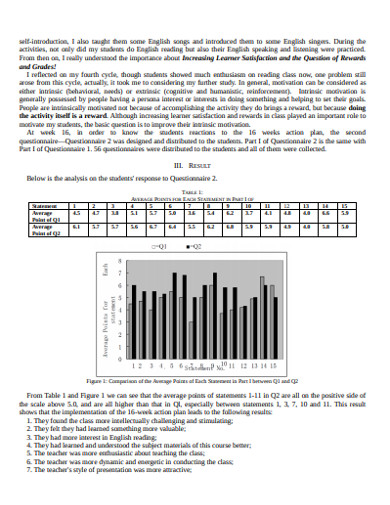
Size: 435 KB
4. Action Research Programme Report Example
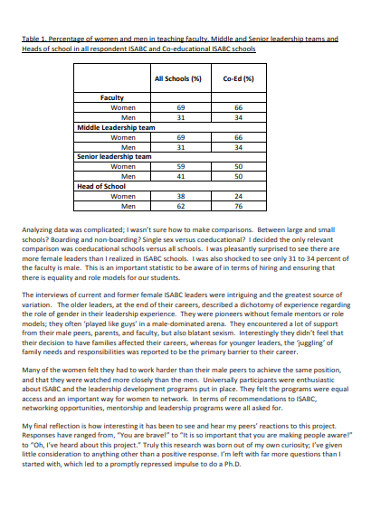
Size: 671 KB
Writing Your Action Research Report
In exploring different teaching methods and learning strategies, educators should also monitor and evaluate the progress of each method for effectiveness. While a research plan can work in theory, action research reports let you see the real effect of the method.
1. Spot a Problem
First, you have to identify an issue that you wish to address. There are a handful of problems in the educational system, and several of these may be plaguing your school. Although you might want to solve them all, focus on one problem at a time. When you have identified a specific issue, you can research on applicable theories that can help you create a solution. The problem with dealing with multiple issues is that it can be confusing, and you might lose focus.
2. Plan your Steps
You can utilize an action plan for this. Include in the document how you intend to design and frame your study. Indicate the research methodology and justify your strategy. Identify the sampling frame and sample size of your research. Because action research investigates a subject in the natural environment, it is important to select participants that are part of that environment. Before you begin your research, you should already have a sound mental map of how the study will unfold.
3. Gather Relevant Data
How do you quantify learning to know if the learning strategy is effective? It can be hard to remain objective in describing success. In this case, you can use different types of data gathering. Look at your data through different perspectives. You can use data from observations, class records , and interviews with the participants. This approach is known as the Triangulation Method, and it helps in the overall confidence of your results.
4. Implement and Monitor
Carry out your plan and keep tabs on the progress of the study using Gantt charts . Using your success indicators and the performance criteria you opted to use, determine if the learning strategy helped the students in their academic performance and classroom behavior. The assessment portion of the study is a crucial part since it can provide a definitive evaluation of the strategy you employed.
Through research, we are reinventing education by acknowledging what schools failed to understand for over a century. Be part of this educational revolution one action paper at a time.
Report Generator
Text prompt
- Instructive
- Professional
Generate a report on the impact of technology in the classroom on student learning outcomes
Prepare a report analyzing the trends in student participation in sports and arts programs over the last five years at your school.
AI Index Report
Welcome to the seventh edition of the AI Index report. The 2024 Index is our most comprehensive to date and arrives at an important moment when AI’s influence on society has never been more pronounced. This year, we have broadened our scope to more extensively cover essential trends such as technical advancements in AI, public perceptions of the technology, and the geopolitical dynamics surrounding its development. Featuring more original data than ever before, this edition introduces new estimates on AI training costs, detailed analyses of the responsible AI landscape, and an entirely new chapter dedicated to AI’s impact on science and medicine.
Read the 2024 AI Index Report
The AI Index report tracks, collates, distills, and visualizes data related to artificial intelligence (AI). Our mission is to provide unbiased, rigorously vetted, broadly sourced data in order for policymakers, researchers, executives, journalists, and the general public to develop a more thorough and nuanced understanding of the complex field of AI.
The AI Index is recognized globally as one of the most credible and authoritative sources for data and insights on artificial intelligence. Previous editions have been cited in major newspapers, including the The New York Times, Bloomberg, and The Guardian, have amassed hundreds of academic citations, and been referenced by high-level policymakers in the United States, the United Kingdom, and the European Union, among other places. This year’s edition surpasses all previous ones in size, scale, and scope, reflecting the growing significance that AI is coming to hold in all of our lives.
Steering Committee Co-Directors

Ray Perrault
Steering committee members.

Erik Brynjolfsson

John Etchemendy

Katrina Ligett

Terah Lyons

James Manyika

Juan Carlos Niebles

Vanessa Parli

Yoav Shoham

Russell Wald
Staff members.

Loredana Fattorini

Nestor Maslej
Letter from the co-directors.
A decade ago, the best AI systems in the world were unable to classify objects in images at a human level. AI struggled with language comprehension and could not solve math problems. Today, AI systems routinely exceed human performance on standard benchmarks.
Progress accelerated in 2023. New state-of-the-art systems like GPT-4, Gemini, and Claude 3 are impressively multimodal: They can generate fluent text in dozens of languages, process audio, and even explain memes. As AI has improved, it has increasingly forced its way into our lives. Companies are racing to build AI-based products, and AI is increasingly being used by the general public. But current AI technology still has significant problems. It cannot reliably deal with facts, perform complex reasoning, or explain its conclusions.
AI faces two interrelated futures. First, technology continues to improve and is increasingly used, having major consequences for productivity and employment. It can be put to both good and bad uses. In the second future, the adoption of AI is constrained by the limitations of the technology. Regardless of which future unfolds, governments are increasingly concerned. They are stepping in to encourage the upside, such as funding university R&D and incentivizing private investment. Governments are also aiming to manage the potential downsides, such as impacts on employment, privacy concerns, misinformation, and intellectual property rights.
As AI rapidly evolves, the AI Index aims to help the AI community, policymakers, business leaders, journalists, and the general public navigate this complex landscape. It provides ongoing, objective snapshots tracking several key areas: technical progress in AI capabilities, the community and investments driving AI development and deployment, public opinion on current and potential future impacts, and policy measures taken to stimulate AI innovation while managing its risks and challenges. By comprehensively monitoring the AI ecosystem, the Index serves as an important resource for understanding this transformative technological force.
On the technical front, this year’s AI Index reports that the number of new large language models released worldwide in 2023 doubled over the previous year. Two-thirds were open-source, but the highest-performing models came from industry players with closed systems. Gemini Ultra became the first LLM to reach human-level performance on the Massive Multitask Language Understanding (MMLU) benchmark; performance on the benchmark has improved by 15 percentage points since last year. Additionally, GPT-4 achieved an impressive 0.97 mean win rate score on the comprehensive Holistic Evaluation of Language Models (HELM) benchmark, which includes MMLU among other evaluations.
Although global private investment in AI decreased for the second consecutive year, investment in generative AI skyrocketed. More Fortune 500 earnings calls mentioned AI than ever before, and new studies show that AI tangibly boosts worker productivity. On the policymaking front, global mentions of AI in legislative proceedings have never been higher. U.S. regulators passed more AI-related regulations in 2023 than ever before. Still, many expressed concerns about AI’s ability to generate deepfakes and impact elections. The public became more aware of AI, and studies suggest that they responded with nervousness.
Ray Perrault Co-director, AI Index
Our Supporting Partners

Analytics & Research Partners

Stay up to date on the AI Index by subscribing to the Stanford HAI newsletter.

IMAGES
VIDEO
COMMENTS
Regarding the format or the structures of the reports, Goh (2012) states "Unlike most conventional research, the action research report need not follow a rigid format, however, for a beginning ...
Students were asked to rate their answers to each question using a scale of 1 to 5. The scale was represented by (1) a very unenthusiastic response, (2) an unenthusiastic response, (3) indifference, (4) an enthusiastic response, and (5) a very enthusiastic response. Additionally, I sent home parent surveys with each student in order to solicit ...
This brings us back to the essential steps of action research: identifying the problem, devising an action plan, implementing the plan, and finally, observing and reflecting upon the process. Your action research report should comprise all of these essential steps. Feldman and Weiss (n.d.) summarized them as five structural elements, which do ...
of writing this book. It was my hope to produce a handbook that would provide the busy educator who wished to experience the action research process with an easy-to-follow tem-plate, one which could be readily adapted to a variety of professional interests and foci. I hope I succeeded in accomplishing that goal.
ACTION RESEARCH. is a rather simple set of ideas and techniques that can introduce you to the power of systematic reflection on your practice. Our basic assumption is that you have within you the power to meet all the challenges of the teaching profession. Furthermore, you can meet these challenges without wearing yourself down to a nub.
Action research consists of 4 stages and each stage has the following steps. The diagram below shows the cycle of action research. Chapter 2: Design Process of ... Step 3: Report writing Step 4: AR Dissemination Workshop Step 1: Formulate AR team Step 2: Select research topic Monitor and evaluate
Th ere are two reasons for this: It transforms you, the researcher, as you grow in understanding of the issue(s) you study (Cunlif e, 2004, 2005; James, 2005, 2006a, 2009; Schön, 1983, 1987). Data-driven decisions have increased power to infl uence stakeholders, and AR Research protocols insist that you gather data.
4 | A Toolkit for Participatory Action Research ideas into movement A Toolkit for Participatory Action Research | 5 A crucial element: 'Write as You Go' to document the process, drawing on the informal knowledge derived from practice - i.e. deconstruct the mystique of 'research' and recognise that everyday interactions are the data.
This is followed by examples from the research to show the range of types of responses that went into that category -- actual quotes from participant responses, journals, field notes, artifacts, etc are included and interpreted by the researcher.
EDCC 551: Action Research in Educational Settings (3 credits) Course Description: This course is designed to give an overview of action research, particularly action research that is conducted within educational settings. Emphasis is placed upon gaining an understanding of the difference
action research and our close collaboration with teacher researchers. Teachers and other educators may find two distinct aspects of the book particularly beneficial for incorporating action research into their practice: an evenhanded account of qualitative, quantitative, and mixed-methods approaches and a chapter devoted to assessment.
Abstract. This guide for writers of research reports consists of practical suggestions for writing a report that is clear, concise, readable, and understandable. It includes suggestions for terminology and notation and for writing each section of the report—introduction, method, results, and discussion. Much of the guide consists of ...
Writing a Research Report: Presentation. Tables, Diagrams, Photos, and Maps. - Use when relevant and refer to them in the text. - Redraw diagrams rather than copying them directly. - Place at appropriate points in the text. - Select the most appropriate device. - List in contents at beginning of the report.
Summary of study and concluding remarks that highlight thoughts you want to leave the reader with - the major insights or wonderings you are taking from the study. APPENDICES. Copies of research permission form, written surveys, interview questions, etc (forms used in the research or as part of the curricular engagement).
How to Write an Action Research Report. Developing an action research report is a valuable method to help educators, teachers, supervisors, and administrators in navigating and documenting the action research process report.Most importantly, while teachers acquire many roles and responsibilities in their daily classroom activities, the role of teacher as researcher may be the role most ...
A Guide to Action Research Royal Education Council iv PB Forward This provisional edition of "A Guide to Action Research: Improving Professional Practice of Teachers in Bhutan" intends to assist teachers and school leaders in planning, and conducting action research projects to improve their instructional
ACTION RESEARCH Session 6.2 - Writing the Action Research Report 4 1 Divide the participants into small groups with four to five members each Wait for the groups to sit together and settle down. 2 Give each group a set of metacards with the names of the specific parts of an Action Research report. Ask them to arrange the parts in order.
Writing Your Action Research Report. In exploring different teaching methods and learning strategies, educators should also monitor and evaluate the progress of each method for effectiveness. While a research plan can work in theory, action research reports let you see the real effect of the method. 1. Spot a Problem
Mission. The AI Index report tracks, collates, distills, and visualizes data related to artificial intelligence (AI). Our mission is to provide unbiased, rigorously vetted, broadly sourced data in order for policymakers, researchers, executives, journalists, and the general public to develop a more thorough and nuanced understanding of the ...